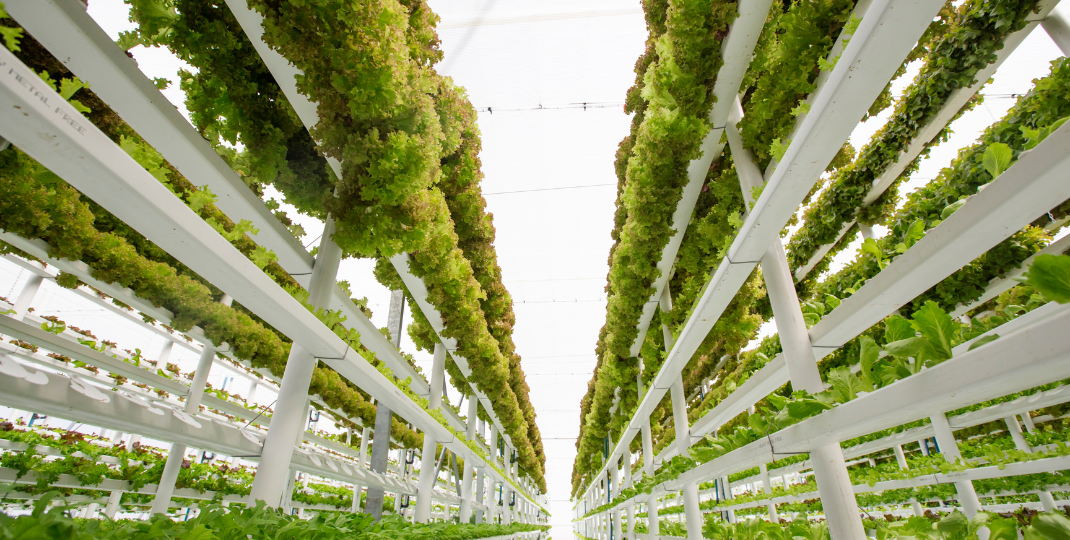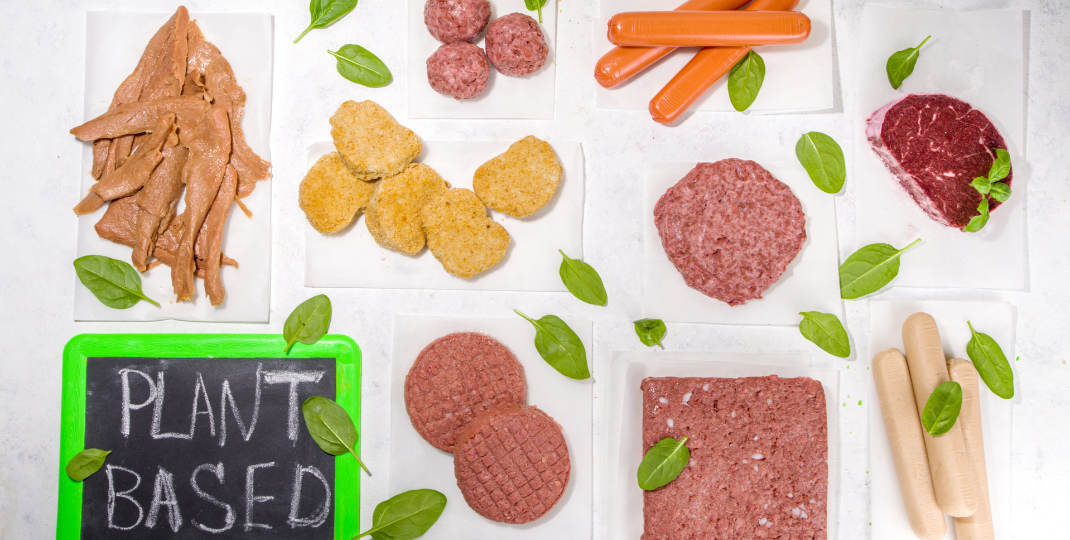Isolation of proteins from plant samples is a fundamental technique used in various fields of study, including biochemistry, molecular biology, and biotechnology. Proteins play crucial roles in plant growth, development, and response to environmental stimuli. The process of isolating proteins involves extracting them from the complex mixture of other cellular components present in the plant tissues. This isolation procedure allows researchers to study the specific protein of interest in more detail, such as its structure, function, and interactions with other molecules. By understanding protein isolation techniques, scientists can gain valuable insights into the intricate workings of plants and develop new strategies for improving crop yields, enhancing nutritional content, and discovering novel therapeutic compounds.
How can we ensure complete isolation of protein from a plant sample?
To ensure complete isolation of protein from a plant sample, several steps can be followed. Firstly, the plant material should be homogenized using techniques like grinding or blending to break open the cells and release the proteins. Then, a suitable buffer solution can be added to stabilize the proteins and maintain their structure. The mixture is then centrifuged to separate the soluble proteins from other cellular components. Precipitation methods such as ammonium sulfate precipitation or organic solvents can further concentrate the proteins. Finally, the isolated protein can be purified using techniques like chromatography or electrophoresis to remove any remaining impurities and obtain a pure protein sample.

What specific techniques can be used to separate protein from other components in the plant sample?
There are several techniques that can be used to separate proteins from other components in a plant sample. One common method is differential centrifugation, where the sample is subjected to multiple rounds of centrifugation at different speeds to separate the proteins based on their size and density. Another technique is precipitation, which involves adding a specific reagent to the sample that causes the proteins to form a solid or semi-solid precipitate that can be easily separated from the rest of the components. Additionally, chromatography techniques such as ion exchange chromatography and size exclusion chromatography can be used to separate proteins based on their charge and size, respectively. These techniques enable researchers to isolate and purify proteins for further analysis and characterization.
Is there a universal method for isolating proteins from different types of plants?
There is no universal method for isolating proteins from different types of plants, as the composition and characteristics of proteins can vary significantly among plant species. The isolation process usually involves a combination of grinding or homogenizing the plant material, followed by various extraction techniques such as precipitation, centrifugation, and chromatography. The specific protocol and conditions may need to be optimized for each plant species to ensure efficient protein isolation and preservation of their structural and functional properties.
Are there any challenges or limitations in isolating proteins from certain plant species?
Yes, there can be challenges and limitations in isolating proteins from certain plant species. Some plants may contain high levels of compounds such as polyphenols, polysaccharides, or lipids, which can interfere with protein extraction and purification processes. These compounds can co-precipitate with proteins or bind to them, making it difficult to obtain pure protein samples. Additionally, some plants may have complex cell walls or tough tissues that require specialized methods for protein extraction. Furthermore, the abundance of specific proteins in certain plant species may be low, requiring sensitive detection methods. Overall, these factors can pose difficulties in effectively isolating proteins from certain plant species.
Can isolation methods affect the stability or functionality of the isolated protein?
Yes, isolation methods can indeed affect the stability or functionality of the isolated protein. During the process of isolating a protein, it is exposed to various physical and chemical conditions that may disrupt its native structure and conformation, leading to a loss in stability and/or functionality. Factors such as changes in temperature, pH, salt concentration, and the presence of detergents or denaturing agents can all impact the integrity of the protein. Additionally, the removal of cofactors or interactions with other proteins or molecules that are necessary for the protein's function can also be disrupted during isolation. Therefore, careful selection and optimization of isolation methods are crucial to maintain the stability and functionality of the isolated protein.

How do environmental factors, such as temperature or pH, influence protein isolation from a plant sample?
Environmental factors such as temperature or pH can significantly influence protein isolation from a plant sample. Temperature affects the stability and solubility of proteins, with higher temperatures often leading to denaturation and aggregation. On the other hand, low temperatures can decrease enzyme activity, resulting in incomplete protein extraction. pH, on the other hand, affects the charge of proteins and subsequently their solubility. An optimal pH is required to maintain protein stability and prevent precipitation. Deviations from the preferred pH range can lead to decreased protein yields or loss of specific protein fractions. Therefore, controlling and optimizing these environmental factors are crucial for successful protein isolation from plant samples.
Are there any potential contaminants that may interfere with protein isolation from a plant sample?
Yes, there are potential contaminants that may interfere with protein isolation from a plant sample. These contaminants can include various cellular components such as lipids, carbohydrates, nucleic acids, and secondary metabolites like phenolic compounds or pigments. Additionally, the presence of salts, heavy metals, pesticides, or other environmental pollutants can also affect the protein extraction process. Therefore, it is important to employ proper sample preparation techniques and purification methods to minimize these potential interferences and obtain high-quality protein extracts.
Can the isolation process be optimized to increase protein yield or purity?
Yes, the isolation process can be optimized to increase protein yield or purity. This can be achieved through various techniques such as adjusting pH, temperature, and salt concentration during extraction, using specific buffers or detergents to enhance solubility, employing chromatographic methods to separate proteins based on their properties, and implementing advanced purification strategies like affinity chromatography or ultrafiltration. Additionally, optimizing the isolation process may involve multiple iterations and experimental optimization to find the most efficient conditions that result in higher protein yield or purity.
In conclusion, the isolation of protein from plant samples is a crucial process that enables scientists to study and understand the functional properties, structure, and potential applications of these biomolecules. Through various techniques such as extraction, precipitation, and purification, proteins can be separated from other cellular components present in the plant sample. This isolation allows for further analysis, characterization, and manipulation of proteins, leading to advancements in fields such as biotechnology, pharmaceuticals, and food science. Ultimately, the isolation of protein from plant samples opens doors to unlocking the immense potential and benefits these molecules hold for various industries and scientific research.
